How Many Times Can You Reheat Breast Milk?
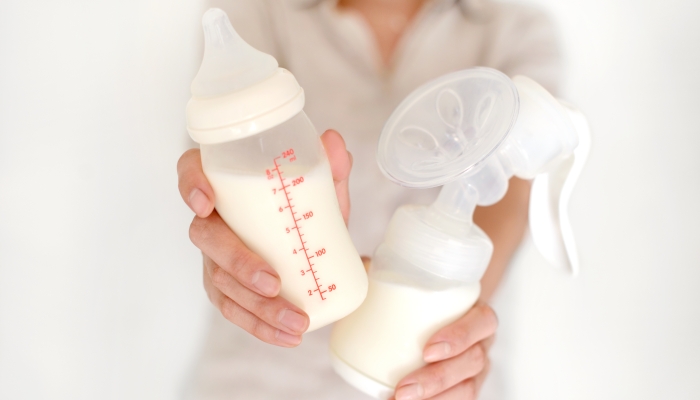
- Human breast milk is ideal for infants and contains various nutritional components to aid their development.
- Properly storing pumped breast milk helps maintain the safety and quality of the milk.
- Reheating breast milk can be done safely with some precautions.
- You should reheat breast milk only once to lessen bacterial contamination.
- Properly warm reheated breastmilk before a feeding session.
It’s 3 am, and your baby is awake and hungry. You or your partner leaves your warm bed, heats the breast milk, and returns to your child. After eating half the bottle, your baby dozes off, only to wake again a few hours later. You stare at the leftover breast milk and wonder: “Can I just use this again? I don’t want to waste it.”
In an age of green options and making smart economic choices, breast milk is hard to top on the list of foods to give your baby. Whether you choose to provide an occasional bottle of breast milk or solely pump milk and feed it to your baby, a logical question arises:
How many times can you reheat breast milk?
After all, it’s just milk, right? While you can heat breast milk that’s been stored in the fridge or freezer, there are some safety guidelines to keep in mind before reheating unused breast milk.
Breast Milk: A Nutritional Powerhouse
Breast milk is a remarkable substance made by the human body. It’s made up of essential nutritional elements such as fats, proteins, carbohydrates, and water, all of which are present in every feeding.
What makes breast milk truly amazing are all the extras that come with the basic nutritional pieces. For instance, breast milk:
- Changes its composition of protein and minerals, depending on if your infant is term or preterm.
- Adds additional white blood cells (germ-fighting microbes) if you or your child is ill.
- Changes its composition as your baby grows, newborn stage through toddlerhood, depending on the nutritional needs of your infant.
- Hosts a complex mixture of enzymes, hormones, antibodies, and micronutrients—plus vitamins and minerals—that aid in a child’s development throughout their breastfeeding journey.
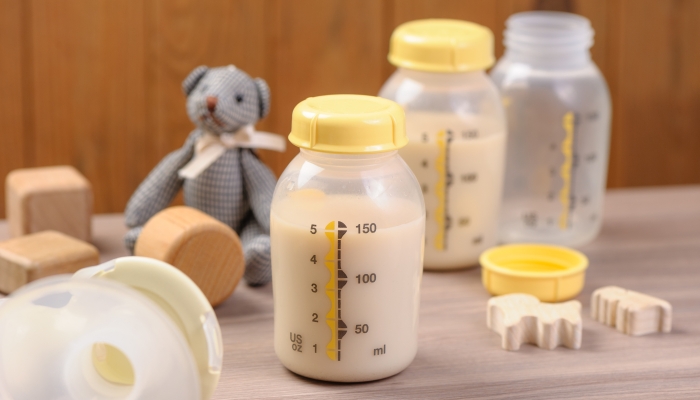
Storing Breast Milk
All that wonderful milk deserves to be stored properly to retain all of its essential nutrients. When storing freshly expressed milk, consider:
- Packaging expressed breast milk in 2–4 oz (60–120ml) portions instead of simply pouring it all into one 8 oz (240ml) bag. Doing so may decrease the incidence of leftover milk.
- Letting your milk “settle” or allowing the bubbles in your freshly pumped breast milk to release before placing it in the refrigerator or freezer. Allowing the bubbles to remain can result in spoilt milk by causing freezer burn.
- Leaving about an inch (or more) of room at the top of the container or bag. Breast milk expands as it cools.
- Writing the date on all packages of milk. You should use the oldest milk first.
Storage Containers
Use sterile glass or very clean plastic (food-grade) containers to store human milk. Many parents also enjoy using breast milk packaging bags, as they are designed for freezer use and reheating milk without leaking.
Disposable plastic bags and plastic bottle liners should not be used for refrigerating or freezing breast milk.
Rule of Fours
Remember the “rule of 4s” as storage guidelines for expressed breast milk, based on the Centers for Disease Control and Prevention’s (CDC) guidelines for storing human milk. Simply put, this rule means:
- Room temperature (less than 77℉) milk: Safe for four hours (provided your baby hasn’t already enjoyed some from the same container).
- Refrigerated (44℉) milk: Safe for four days.
- Frozen (0℉ or colder) milk: Safe for four months, acceptable up to one year.
Note: Store breast milk deep within the body of the refrigerator or freezer. Temperature variations incurred by storing in the door of the refrigerator or freezer will lead to spoilt milk.
Is it Safe to Reheat Breast Milk?
Provided you reheat the breast milk correctly, yes, it’s safe to reheat breast milk.
While the ideal situation would be to directly breastfeed or serve newly expressed breast milk to your baby, such a scenario isn’t always practical.
Fresh breast milk is already body temperature and the micronutrients are in their natural state- which means they’re best ready to be absorbed and processed by your baby.
Breast milk, when rewarmed correctly, preserves many, if not all, of the beneficial properties it contains.
When Can Breast Milk Be Safely Reheated?
Breast milk can be safely reheated under the following conditions:
- The frozen breast milk has been thawed in the refrigerator overnight. Try only to thaw what your baby will eat in 24 hours—milk that has been thawed can only be refrozen in very specific instances.
- Breast milk that has been thawed can be safely stored in the refrigerator for 24 hours. Note that the 24 hours begins when the breast milk has been fully thawed, not when it’s been removed from the freezer.
- Expressed breast milk that has only been stored at room temperature for four hours or less may be reheated once. Any leftover room-temperature milk should be refrigerated or frozen.
For instance, let’s say you pumped 8 oz at noon. It’s now 3 pm, and your baby typically eats 6oz in a feeding session. Warm 6oz of your breast milk once, and store the remaining 2 oz in the refrigerator or freezer.
- If your baby has partially consumed milk after a feeding, it can be used again, provided it hasn’t been longer than 2 hours since they finished feeding. For instance, if your baby begins eating at 10 pm, you should discard any leftover milk after midnight.
Note: If the milk, as in this example, has already been warmed once, do not warm it a second time. Expressed breast milk can be served at room temperature and should never be rewarmed more than once!
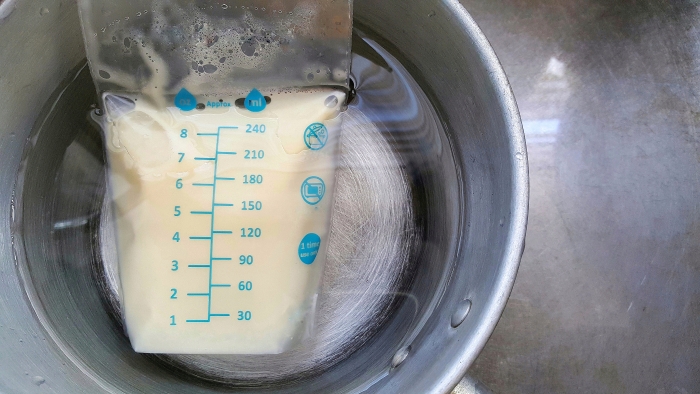
When Should Breast Milk Not Be Reheated?
You should not reheat breast milk if:
- The milk appears to be spoiled.
- The milk has been thawed for more than 24 hours.
- Your child has leftover milk from a feeding and it has been more than two hours since that feeding.
- The milk has already been reheated once.
A good practice is to use fresh milk for each feeding and to warm it once as close to the feeding time as possible.
How Many Times Can You Reheat Breast Milk?
Most experts agree that breast milk should only be reheated once. This is because of possible bacterial growth and the potential threat to a baby’s health.
According to a study published in 2019, the human mouth hosts over 700 different strains of bacteria as part of the natural flora, and a young child’s mouth is no different. When the bacteria meet the warm, wet, nutritional powerhouse of breast milk, guess what forms?
This is a perfect medium for colonizing and growing bacteria that will be reintroduced to your infant’s mouth during the next feeding.
This bacterial contamination leads to the guidelines that help determine how many times breast milk can be reheated.
How to Properly Reheat Breast Milk?
If you’re going to reheat breastmilk, the following safety guidelines should be kept in mind:
Wash Your Hands
When handling breast milk, it helps to have clean hands in order to decrease the amount of bacteria that can be exposed to thawed or freshly expressed breast milk. Wash your hands with soap or use an alcohol-based hand sanitizer.
Warming the Milk
Gently heat the stored breast milk by placing it in a bowl of warm or lukewarm—not hot—water or using warm water under a running faucet. Water that is too hot will break down the proteins and micronutrients in the breast milk and create “hot spots” (uneven hot areas) within the milk that can burn a baby’s mouth.
Microwaving breast milk is also not recommended for the same reasons.
Feeding Containers
You should always place newly warmed milk in a fresh bottle (with a clean nipple) or feeding container of your choice. Leftover milk in the bottle, nipple, or container can breed harmful bacteria, which are then reintroduced to your baby’s mouth in the next feeding.
Check the Reheated Milk
Check the temperature of the warm breast milk before feeding it to your infant. Gently place a couple of drops on the inside of your wrist; the milk should feel neutral, not unduly warm or cold.
FAQs
How Do I Know if my Breast Milk is Spoiled?
Spoiled breast milk will smell sour as opposed to its naturally sweet odor. It may also have chunks in it (like curdled milk).
Expressed breast milk may separate into two layers when stored in the refrigerator—like fresh cow’s milk, the watery layer will sink to the bottom, while the “creamy” layer with fat rises to the top. This separation is normal; breast milk that isn’t spoiled should come back into one unified mixture, without chunks, when swirled together.
What Can You Do With Spoiled or Unused Breast Milk?
There are several “off-label” uses for breast milk that can’t be served to your child.These include saving the expressed breast milk for milk baths and using it to make breast milk jewelry—even for use on diaper rashes or minor cuts and abrasions.
Research these options and see what sparks your creativity!
Is A Bottle Warmer Really Necessary?
With few exceptions, not really.
Bottle warmers are helpful because they eliminate the guesswork involved in knowing if thawed or frozen breast milk is warm enough to serve to your child. Some models can even maintain the warmed milk for a certain amount of time after the initial heating (think the “hold warm” button on your microwave) while you prepare your infant for a feeding session.
There are other, less expensive ways to reheat breast milk for your child safely.
Reheating breast milk in a bowl of warm to lukewarm water or under a running faucet takes approximately five minutes. Thawing frozen milk with these methods lasts about 20 minutes.
Human breast milk is an excellent food for your infant in the early years of development. By following storage guidelines and strategies to rewarm or thaw breast milk safely, you can rest assured that you are serving your child all the nutrients they need to grow to their healthy best.
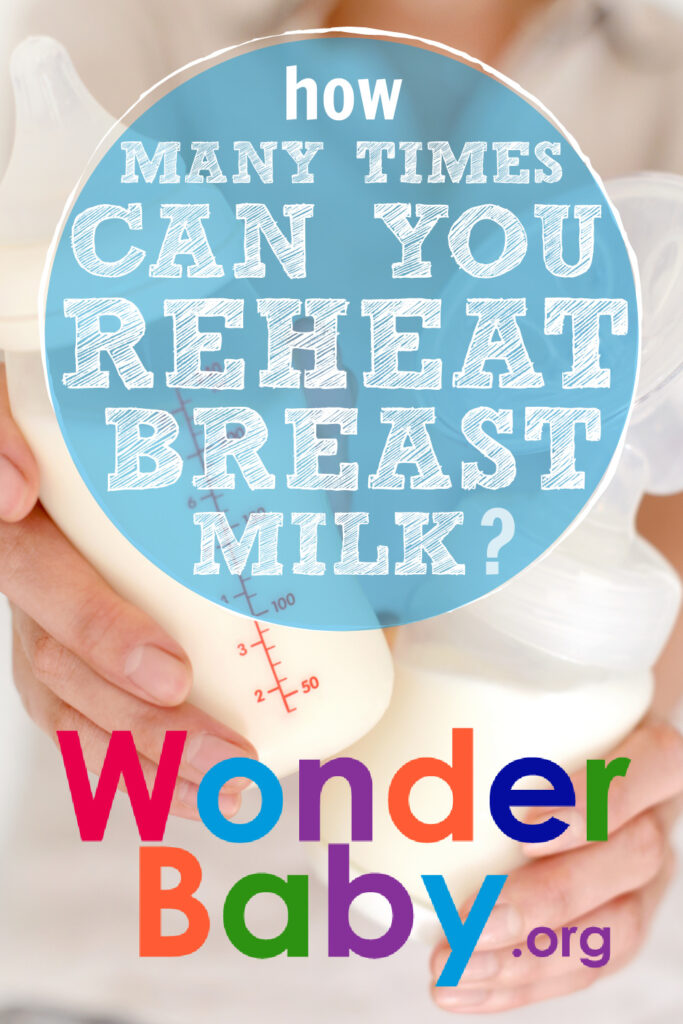
The information WonderBaby provides is not intended to be, and does not constitute, medical or other health advice or diagnosis and should not be used as such. Always consult with a qualified medical professional about your specific circumstances.
Related Posts
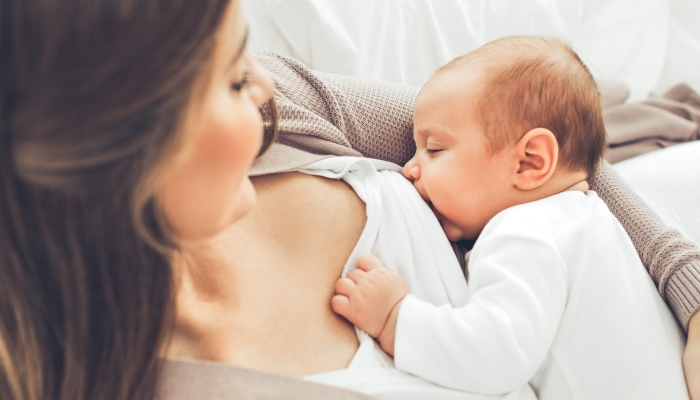
Breastfeeding, Sleep
Sleep and Breastfeeding: A Comprehensive Guide for Nursing Moms
Many people assume breastfeeding and sleep training don’t go together, but it is possible to help your baby sleep better while continuing your breastfeeding journey.
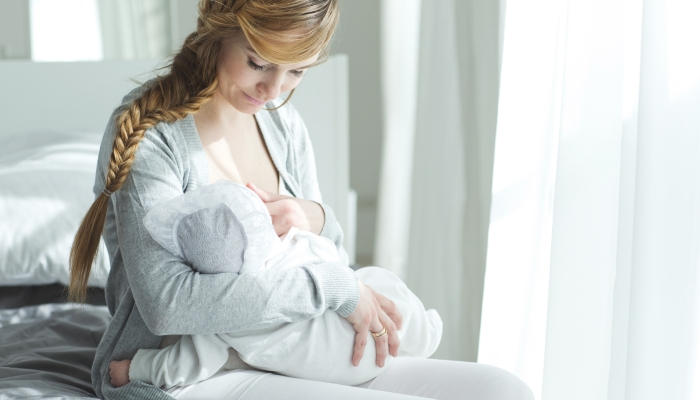
Breastfeeding
Comfort Nursing: Pros, Cons, and How to Stop
Find out what comfort nursing is, when should you worry about it, and how to stop or limit your baby's comfort nursing (especially at night!).

Breastfeeding, Product Reviews
5 Best Breastfeeding Chairs for Nursing Moms of 2023
Whether you want a gentle rock, a smooth glide, or a cozy cuddle to soothe your baby to sleep, you’ll have your pick of the best breastfeeding chairs on the...